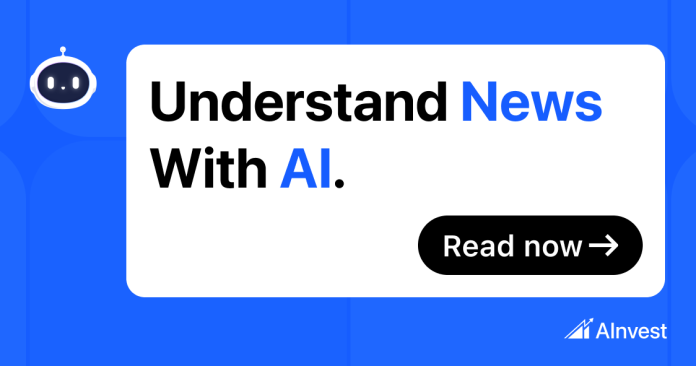In the ever-evolving landscape of blockchain gaming, the success of a platform often hinges on its ability to align the incentives of developers, users, and investors. Ronin’s Developer Revenue Share Program (DRSP), launched in 2025, represents a bold experiment in this alignment. By offering developers a direct stake in the ecosystem’s revenue, the program seeks to transform passive participation into active collaboration. But does this model hold the key to long-term growth—or is it a fleeting attempt to stave off decline in a competitive sector?
The Mechanics of Incentive Design
The DRSP operates on a simple yet powerful premise: developers earn a percentage of Sky Mavis’s total revenue generated by their referred users. This includes transactions from NFT minting, secondary market trading, in-game purchases, and wallet swap fees. The share percentage scales with the volume of activity, creating a self-reinforcing loop where higher user engagement directly translates to higher rewards. Payouts in RON, AXS, and USDC ensure liquidity and flexibility, while the weekly settlement cycle reduces uncertainty for participants.
The program’s technical integration—via the Tanto SDK—adds another layer of strategic value. By enabling secure wallet creation and social authentication, the SDK lowers barriers to entry for both developers and users. This is critical in a sector where user acquisition costs are high and trust in blockchain infrastructure remains fragile. The Ronin Developer Console further enhances transparency, allowing builders to track referrals, trade volumes, and earnings in real time.
A Mixed Ecosystem Landscape
Ronin’s ecosystem metrics tell a story of resilience and reinvention. While Q1 2025 saw a 30% decline in daily active addresses and a 47% drop in transaction volume, the network has since stabilized. By Q3 2025, daily active wallets hovered near 1 million, and NFT trading volume reached $6.47 billion. The launch of OpenSea integration and the transition to a permissionless smart contract model in early 2025 spurred a 1,113% surge in daily contract deployments, signaling renewed developer interest.
However, the broader financial picture remains challenging. Ronin’s total value locked (TVL) stands at $750 million, still 95% below its pre-2022 hack peak. The RON token, which underpins the ecosystem, has seen a 69% drop in value since its 2022 high.
Strategic Moves to Reclaim Market Share
Ronin’s transition to a full Ethereum Layer 2 (L2) solution by Q2 2026 is its most ambitious gambit yet. This shift, powered by Polygon’s Chain Development Kit, promises 12x faster transactions and deeper integration with Ethereum’s security and liquidity. The move is not without risks—execution delays or governance hurdles could derail progress—but the potential payoff is significant. By positioning itself as “Ethereum’s gaming engine,” Ronin aims to tap into the broader institutional momentum driving Ethereum’s L2 adoption.
The DRSP is a critical component of this strategy. By rewarding developers for driving user activity, the program creates a flywheel effect: more developers → more games → more users → higher transaction volume → higher developer rewards. This dynamic could help Ronin regain its dominance in the NFT and gaming sectors, where it remains the top NFT project by all-time trading volume (verified by the Guinness Book of World Records).
Investor Considerations: Risks and Rewards
For investors, the DRSP’s success hinges on three factors:
1. Developer Adoption: Will the program attract enough high-quality developers to sustain growth? Early signs are positive, with projects like Kuroro Beasts and Ragnarok Landverse gaining traction.
2. User Retention: Can Ronin convert its 31 million wallet downloads into active, paying users? The decline in monthly active addresses (down 69% YoY) suggests challenges here.
3. Tokenomics: The new Proof of Distribution model, which shifts staking rewards to active contributors, could stabilize RON’s value. However, the token’s performance will depend on broader market conditions and the success of DeFi integrations like Uniswap v3.
The Verdict: A High-Stakes Bet
Ronin’s Developer Revenue Share Program is a compelling experiment in ecosystem-driven growth. By aligning developers’ financial interests with the platform’s success, it addresses a key weakness in many blockchain projects: the lack of sustainable, organic growth. However, the program’s long-term impact will depend on Ronin’s ability to execute its Ethereum L2 migration, attract institutional capital, and maintain user engagement in a crowded market.
For investors, the DRSP represents both an opportunity and a risk. The potential for a rebound in RON’s value and TVL is real, but it requires patience and a tolerance for volatility. Those willing to bet on Ronin’s vision of a gamified, Ethereum-integrated future may find the rewards worth the wait. But for now, the jury is still out on whether this program can truly catalyze the next frontier of blockchain gaming.
